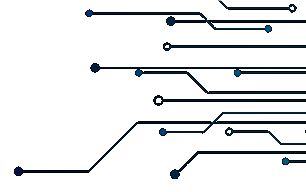Give Us A Call
Once you’ve sent out your email, it’s time to assess its performance to ensure you’re getting the most out of your campaign. But before diving into metrics, go back to thinking about your initial goal for the campaign. Were you looking to track event attendance? Were you aiming to get more phone calls or website submissions? How were you planning to measure the results—by the number of phone calls received for a specific product or service? Did you receive a lot of phone calls, website submissions, or email inquiries? Remember, don’t just measure online results, but offline ones too!
Here’s a breakdown of key tactics to optimize your email marketing and drive better results:
Analyze Your Email Metrics: Start by reviewing key email performance metrics:
Resend to Non-Openers: One of the easiest ways to increase engagement is by resending the same email to people who didn’t open it the first time. Simply tweak the subject line to make it more enticing or time your resend when your audience is more likely to check their inbox. Resending can help capture attention from those who may have missed your email initially.
Segment Your Audience: By segmenting your contact list based on factors like demographics, behavior, or past interactions, you can send more personalized emails. Tailoring content to specific groups of subscribers increases the likelihood of opens, clicks, and conversions. For example, send one version to new subscribers and a different version to long-time customers.
Use A/B Testing: If you’re unsure which subject lines or content will perform best, run A/B tests. Send two different versions of your email to small portions of your list and see which one performs better in terms of opens and clicks. Then, send the winning version to the rest of your list.
Monitor Timing and Frequency: Timing matters! Analyze when your audience is most active, and try sending your campaigns during those peak engagement windows. Additionally, don’t bombard your subscribers with too many emails—balance your email frequency to maintain engagement without overwhelming your audience.
Review Both Online and Offline Results: While it’s easy to track online metrics like open rates, clicks, and conversions, don’t forget to assess offline responses as well. Did your email generate more phone calls, appointments, or in-store visits? How many event attendees or inquiries did you receive? Measuring both online and offline results ensures a comprehensive understanding of your campaign’s impact.
Improve Future Campaigns with Reporting Insights: Dive deep into your reports after each campaign. Track trends in opens, clicks, and conversions over time to understand what resonates with your audience. Are specific types of content, calls-to-action, or product categories performing better? Use these insights to refine future email strategies.
In conclusion, optimizing your email campaign doesn’t stop after you hit send. By analyzing performance, revisiting your initial campaign goals, segmenting your audience, resending to non-openers, and leveraging insights from reporting, you can continually refine your strategy to maximize both online and offline engagement and results.

Managed Email Marketing Services
For Constant Contact Customers
See our latest projects, receive marketing tips, and get notified once we availability opens for new clients.
By subscribing, you accepted the our Policy.
© 2024 Copyright by L2L Creative Group, Inc. All Rights Reserved.
